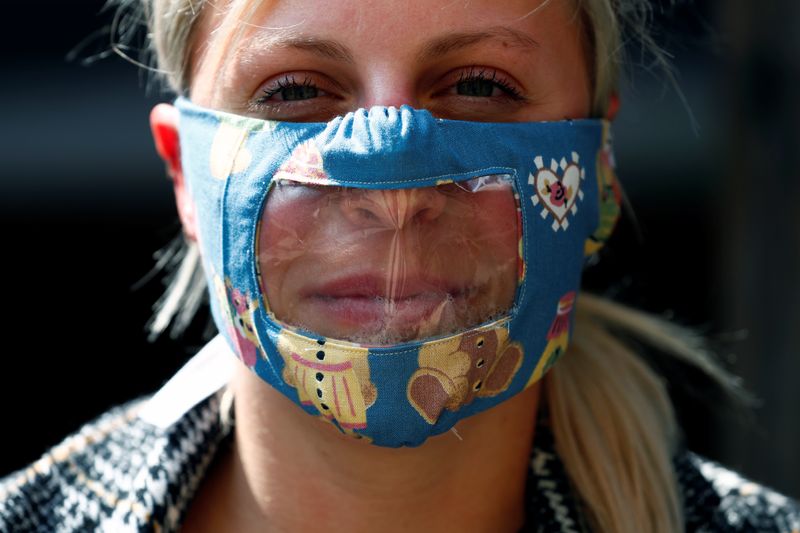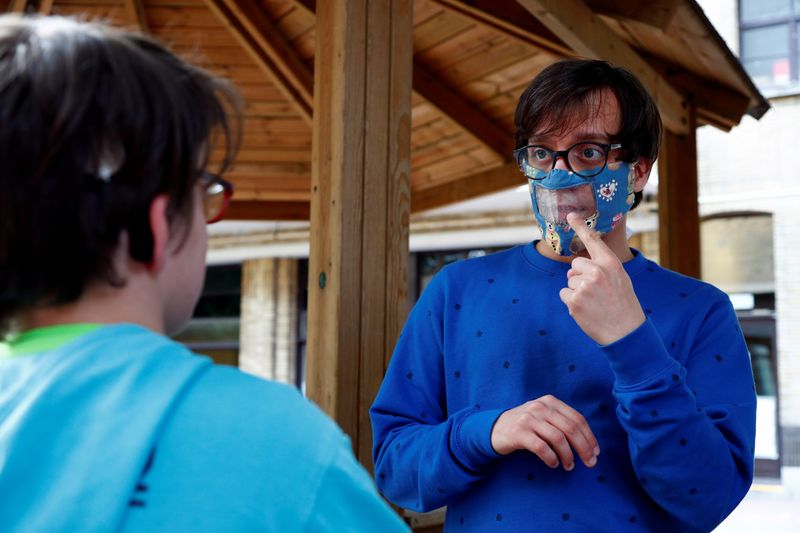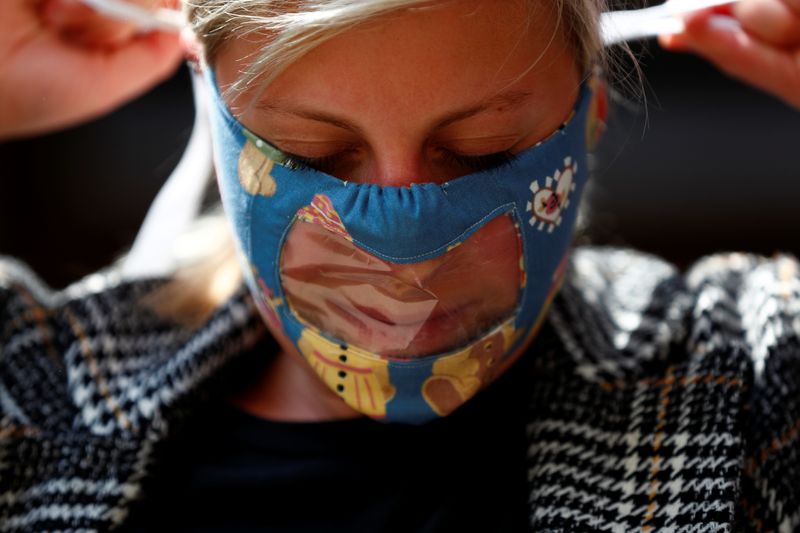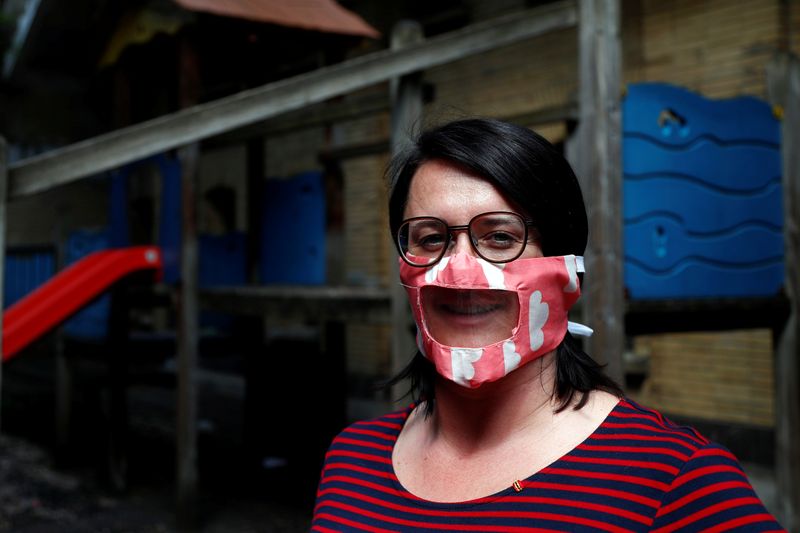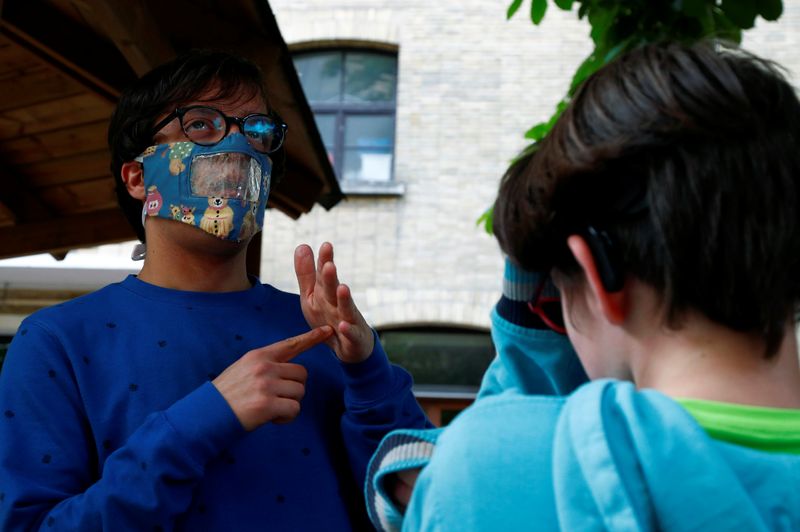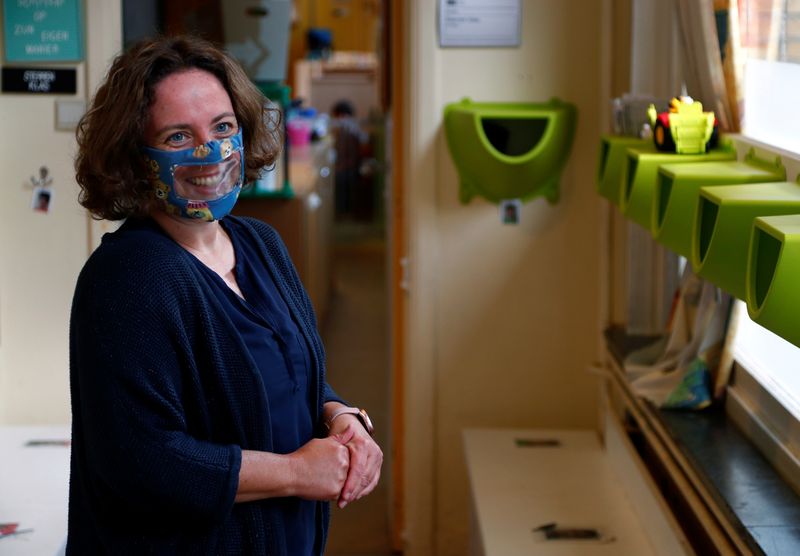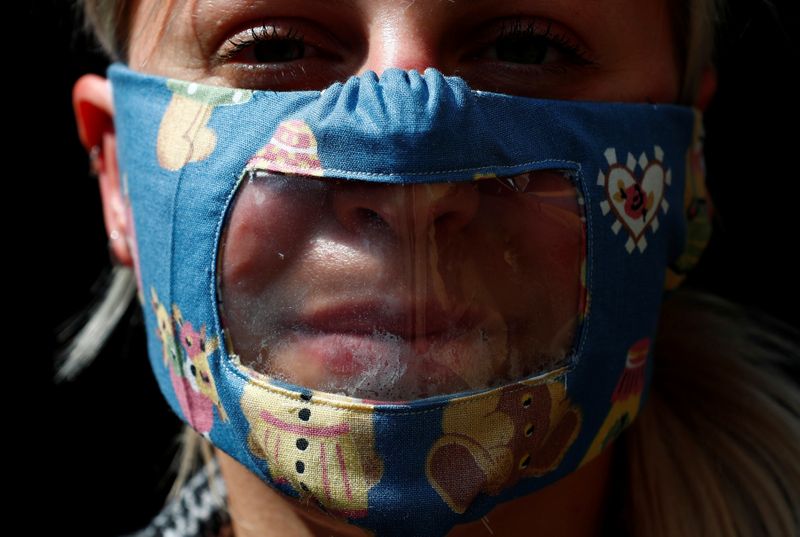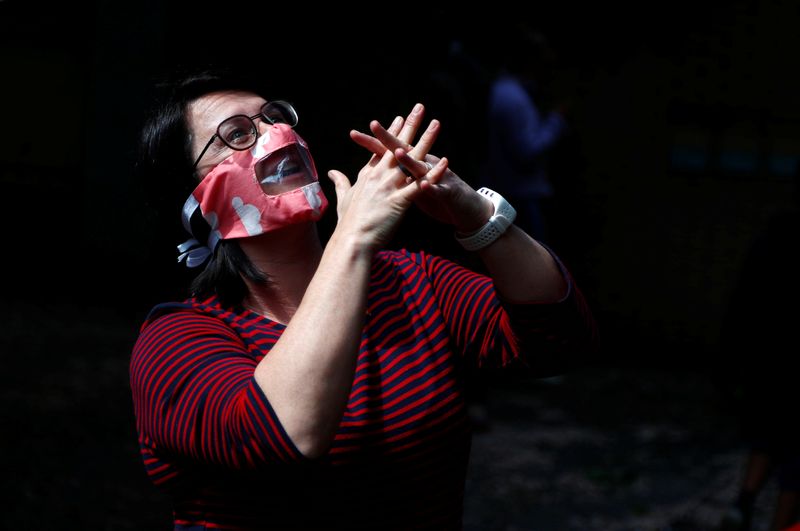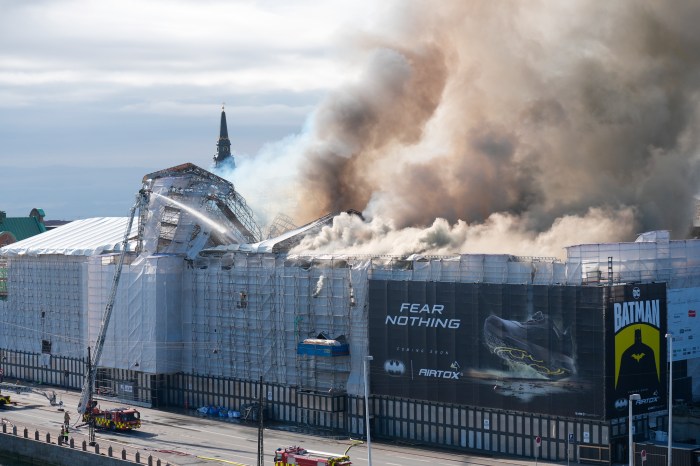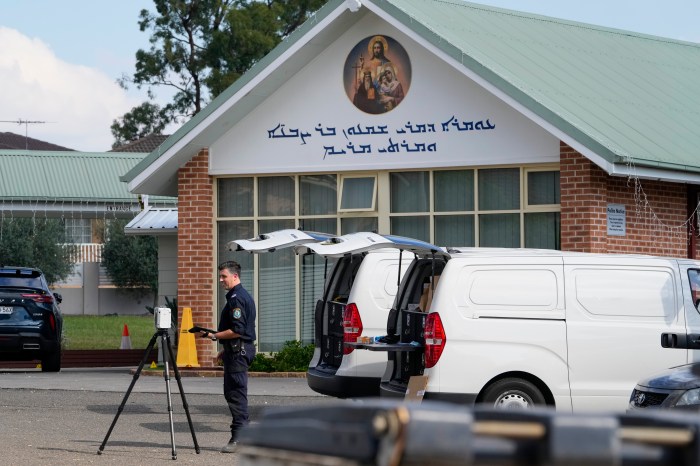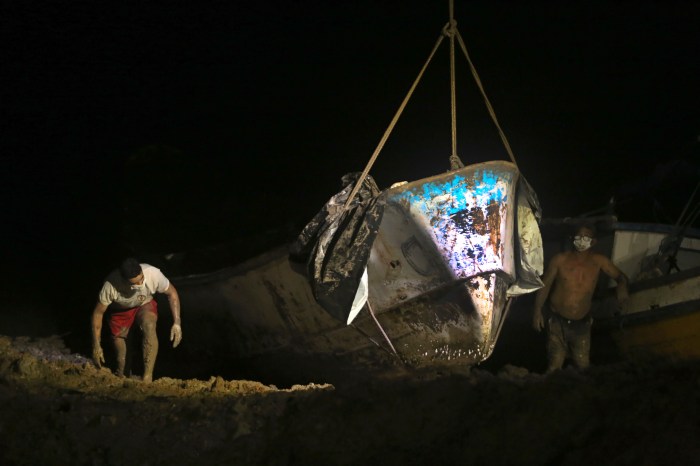BRUSSELS (Reuters) – As Belgium obliges people to wear face masks on public transport and recommends them elsewhere to limit the spread of the coronavirus, deaf people are calling for transparent masks to allow them to communicate with others.
For the hearing-impaired who rely on lip-reading to complement sign language, even buying an ice cream can be difficult, as shop assistants wear medical or home-made cotton masks that cover almost half the face.
“We are no longer able to read lips. It prevents communication,” said Marie-Florence Devalet of Belgium’s French-speaking deaf federation, saying it can add to the anxiety of living through a pandemic.
“When the mask is not see-through, it may worry fragile people, it disturbs them psychologically and it worries them,” she told Reuters.
Over 5% of the world’s population – or 466 million people – has disabling hearing loss, according to the World Health Organization.
Belgium, like other European countries, is slowly coming out of lockdown as the wave of transmission of the coronavirus eases, but donning masks is new to much of the population.
With green and white medical masks around the world in short supply, transparent masks are even harder to find. Some are advertised online but sometimes end up being face shields for the whole head and worn by medical staff in hospitals.
At the Royal Woluwe Institute in Brussels, a special needs school, teachers are sewing masks that contain a transparent window to show the mouth, adapted from a model on the internet, which can be especially important for children with autism.
However, each mask takes 30 minutes to make and requires a double layer of cotton fabric, ribbons and a plastic sheet.
One charity in Belgium’s Dutch-speaking Flanders region has created videos in Dutch teaching people how to make the masks with a transparent window for the mouth. French and English videos are being developed.
“Our (school) children need to see the whole (emotional)picture, not just moving the hands and sign language,” said Wendy Schellemans at the Royal Woluwe Institute. “We made these masks so they could look at everything we were showing, even our emotions.”
(Writing by Robin Emmott; Editing by Mike Collett-White)

